César Chávez’s grandson champions a new national park to speak to Latino history

- Share via
Although Andrés Chávez never got to meet his grandfather César Chávez, who died just nine months before he was born, he spends his waking hours ensuring that the legacy of the legendary labor organizer continues.
For the record:
1:10 p.m. June 12, 2023An earlier version of this newsletter incorrectly stated Andrés Chávez’s affiliation with the Cesar Chavez Foundation. He is executive director of the National Chavez Center, a subsidiary of the foundation. We have also clarified the work of the National Chavez Center.
At age 29, Andrés is executive director of the National Chavez Center in Keene, Calif., a subsidiary and programmatic effort of the Cesar Chavez Foundation, which seeks to continue the labor leader’s work on behalf of Latinos and working families. The National Chavez Center manages the César E. Chávez National Monument in collaboration with the National Park Service, and also preserves César’s legacy through educational and cultural programs and managing César’s intellectual property. (Andrés started volunteering for the foundation at age 10, marching in picket lines, attending union conventions and going to commemorations honoring his grandfather.)
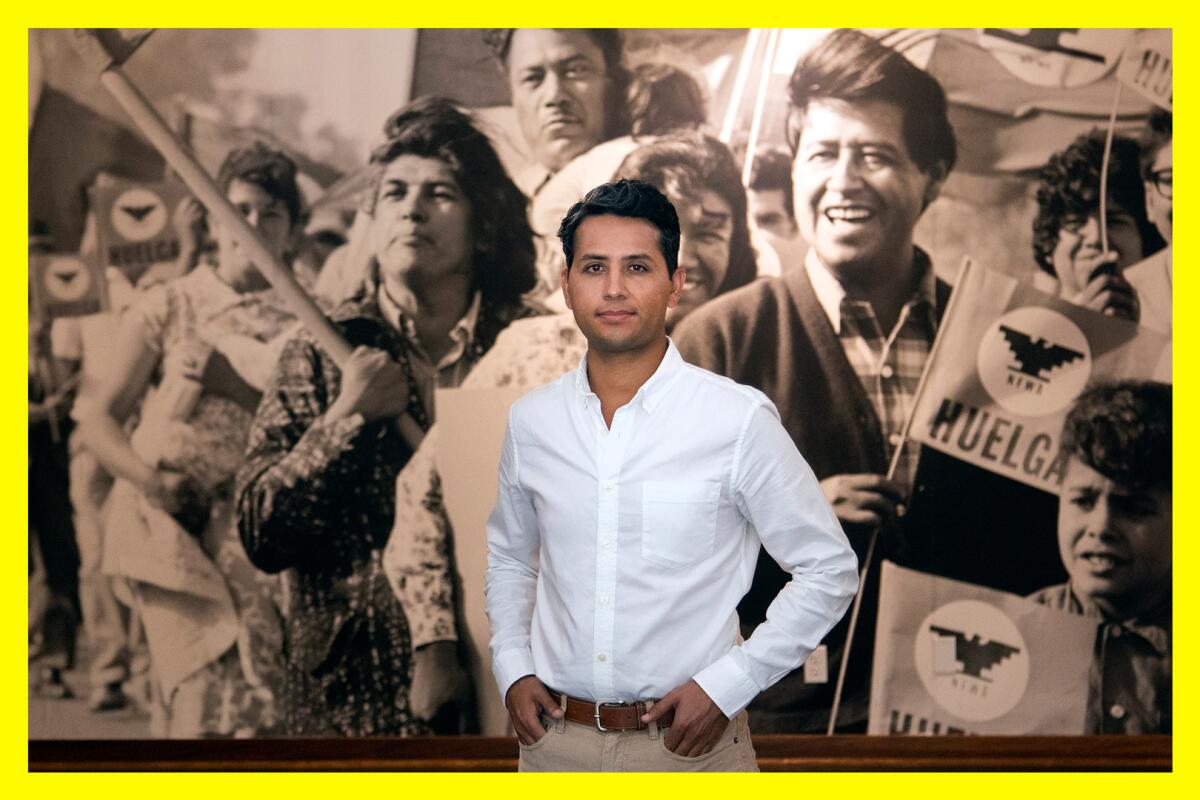
Now, Andrés is endorsing a bill introduced by U.S. Sen. Alex Padilla and Rep. Raul Ruiz, both California Democrats, proposing creation of the César E. Chávez and the Farmworker Movement National Historical Park. It would exist in three noncontiguous sites — the Santa Rita Center in Phoenix; Forty Acres in Delano, Calif.; and the already-existing 187-acre César E. Chávez National Monument in Keene, an unincorporated area in the Tehachapi Mountains that includes Chávez’s historic homestead, La Nuestra Señora Reina de la Paz, which is the former headquarters for the United Farm Workers of America.
“He named it La Paz after Our Lady of Peace, because it had that picturesque mountain setting,” Andrés says. “It was that one place he could go and recharge his spiritual batteries after being constantly engaged in conflict and in picket line strikes and negotiation.”
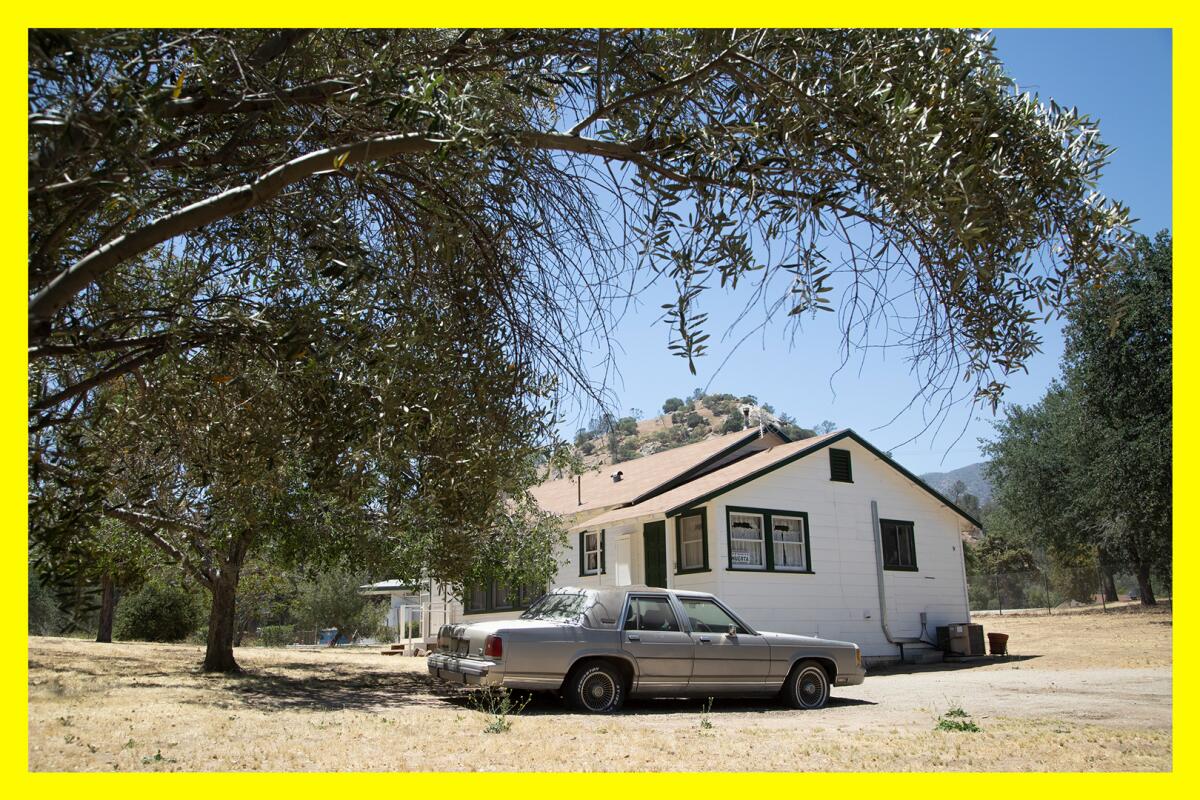
Andrés hopes the proposed park will provide recreational opportunities that honor his grandfather’s love for hiking and meditation, which he did every morning. Chávez was a devout Catholic who also practiced Zen Buddhism and yoga, and followed a vegetarian and macrobiotic diet.
If the legislation is successful, it would not only create the national park but also set in motion a study for the creation of the Farmworker Peregrinación National Historic Trail, in honor of the 300-mile protest march by farmworkers and supporters from Delano, Calif., to Sacramento in 1966.
Get The Wild newsletter.
The essential weekly guide to enjoying the outdoors in Southern California. Insider tips on the best of our beaches, trails, parks, deserts, forests and mountains.
You may occasionally receive promotional content from the Los Angeles Times.
The name of the proposed park makes clear that it is not just about one legendary organizer but also about the force of a group.
“The farmworker movement was probably the broadest coalition in the history of the American civil rights movement,” Andrés says. “Filipinos and Latinos joined forces in the 1965 to 1970 Delano grape strike, and later, 17 million Americans boycotted grapes in the 1970s. UFW actions would often bring together a cross-section of America. It was not uncommon to find antiwar college students and prowar construction workers on the same picket line.”
Visitors to the sites would bear witness to important historic events in Chávez’s life, as well as in the lives of farmworkers. In Phoenix, they would stroll through Santa Rita Hall, the Arizona center for union activities where Chávez fasted for 24 days in 1972, protesting a new state law that prohibited the formation of units for collective bargaining. An hour from Keene, at 40 Acres in Delano, visitors would learn about Agbayani Village, an affordable retirement community for Filipino farmworkers. There, they’d also find the story of Chávez’s last fast in 1988, which lasted for 36 days, to protest pesticide poisoning of farmworkers and their children. (Although the latter is part of the national monument, not all buildings are regularly available for tours. Creation of the national historical park would provide funding to increase tours and exhibits.)

Andrés believes the national historical park would help visitors of color, particularly young ones, see the power they hold in their hands. “César’s life as an individual wasn’t different from a lot of kids, especially young kids of color today,” Andrés says. “He wasn’t born into a rich or powerful family, and he never made more than $7,000 a year, yet he showed that with hard work and fierce determination that change was possible.”
To Andrés, a national historical park named after his tata, or grandpa, would send a particularly vital message to Latino visitors. “There are not a lot of sites that speak particularly to Latino history within the National Park Service,” Andrés says. “[César Chávez National Monument] is currently the only site named for a contemporary Latino figure within all 428 units of the National Park Service. It’s important for Latinos to see people who look like themselves recognized in American history. A lot of Latino students don’t get access to the outdoors, and it’s an opportunity for kids to escape their communities and come to the site to breathe in fresh air and run around.”
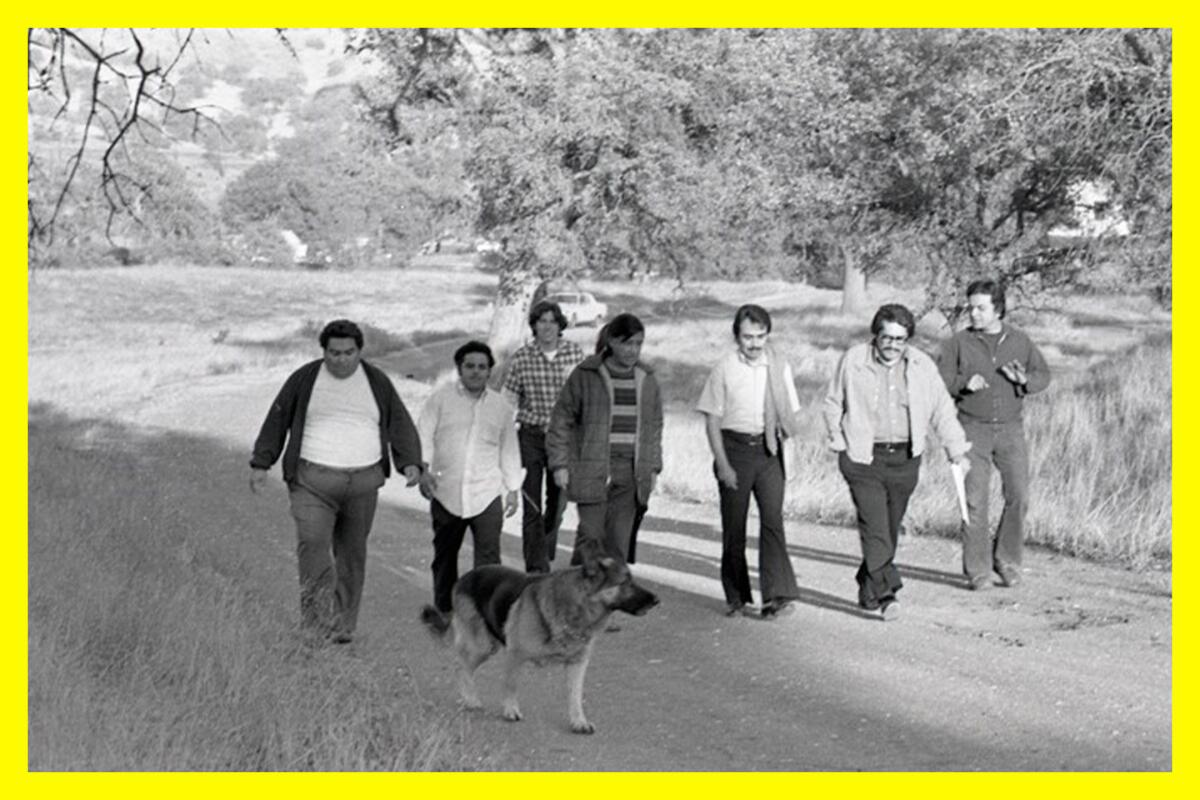
I told Andrés about a 2012 study titled “Why Do So Few Minority People Visit National Parks?” The study quoted two other studies, one showing that Asian Americans, Hispanics and especially African Americans reported uncomfortable encounters in parks, and another documenting that some white park visitors experience discomfort around nonwhite visitors. And, per the Merrell “Inclusivity in the Outdoors” report, some Latin American visitors said they felt watched while at parks. They also felt that ranger uniforms could feel threatening, especially when paired with firearms and protective gear.
This is why it’s crucial to “diversify the ranks,” Andrés says. “By one count, when it came to Latino superintendents — the chiefs at individual sites — there were only four of them in the entire National Park Service. At the César Chávez National Monument, we have a young Latina named Miranda Hernandez as our educational and interpretation ranger, which is incredible because the students see themselves in her.”
I read some additional stats to Andrés from the Merrell report: 28% of Latin American respondents have experienced discrimination while outdoors. And although 46% of Hispanic/Latin American people said they felt alive when experiencing the outdoors, 13% said they felt cautious at these times — the highest of all groups that responded.
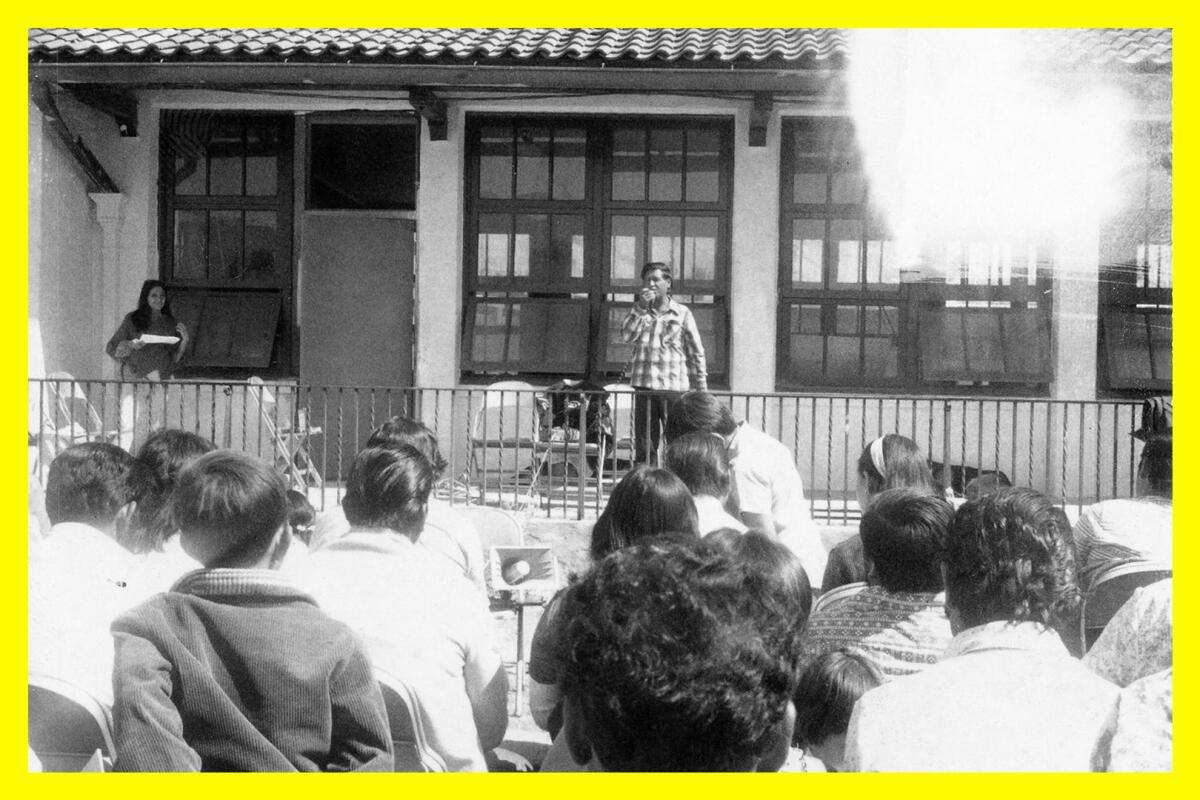
“I’m disappointed to hear that discrimination stat of 28% — but the fact is, Latinos love the outdoors,” he told me. “When we go places, we bring not only our immediate family, but Grandma and Grandpa come too, and it becomes a family affair. But we need to think about intentionality.” To do that, Andrés says the Park Service should increase exhibits and programming that speak to people of color and Latinos.
There’s a larger purpose here too: “About 30% of Americans will come from Latino background by 2050 and yet the national parks are woefully behind when it comes to telling our story,” he adds.
That could begin to change if the bill is approved by Congress (so far, it’s been introduced only in the Senate) and then signed by President Biden.
César wasn’t perfect — as many of us know, he certainly had his faults, which have damaged his almost saintly image — but his work and determination, in collaboration with other farmworkers and organizers such as Dolores Huerta, brought about vital and revolutionary civil rights.

Andrés says that if the national park opens, visitors will find powerful inspiration in his grandfather’s story of dogged determination and against-all-odds success. “The fact of the matter is he faced more defeat than victory, but it was about how he responded to defeat. When people told him, ‘No, you can’t,’ he said, ‘Si, se puede.’ There’s a universal truth to that.”
3 things to do

1. Join Juneteenth celebrations across the city. Juneteenth is fast approaching, and the outdoor celebrations are plenty. On June 10, the central branch of the Los Angeles Public Library will host its June Jubilee, featuring genealogy assistance, financial literacy classes, poetry and literature, quilting workshops, kids’ events and more. (Check out related activities at branches of the library, including reading circles, author events and ice cream making.) The shopping and dining complex Runway Playa Vista throws its celebration on June 10 too. On June 17, you can attend celebrations in Santa Monica and Long Beach. On June 18, the California African Art Museum is hosting a Juneteenth wellness event featuring yoga and a sound bath, and on June 19, Leimert Park is throwing a block party.
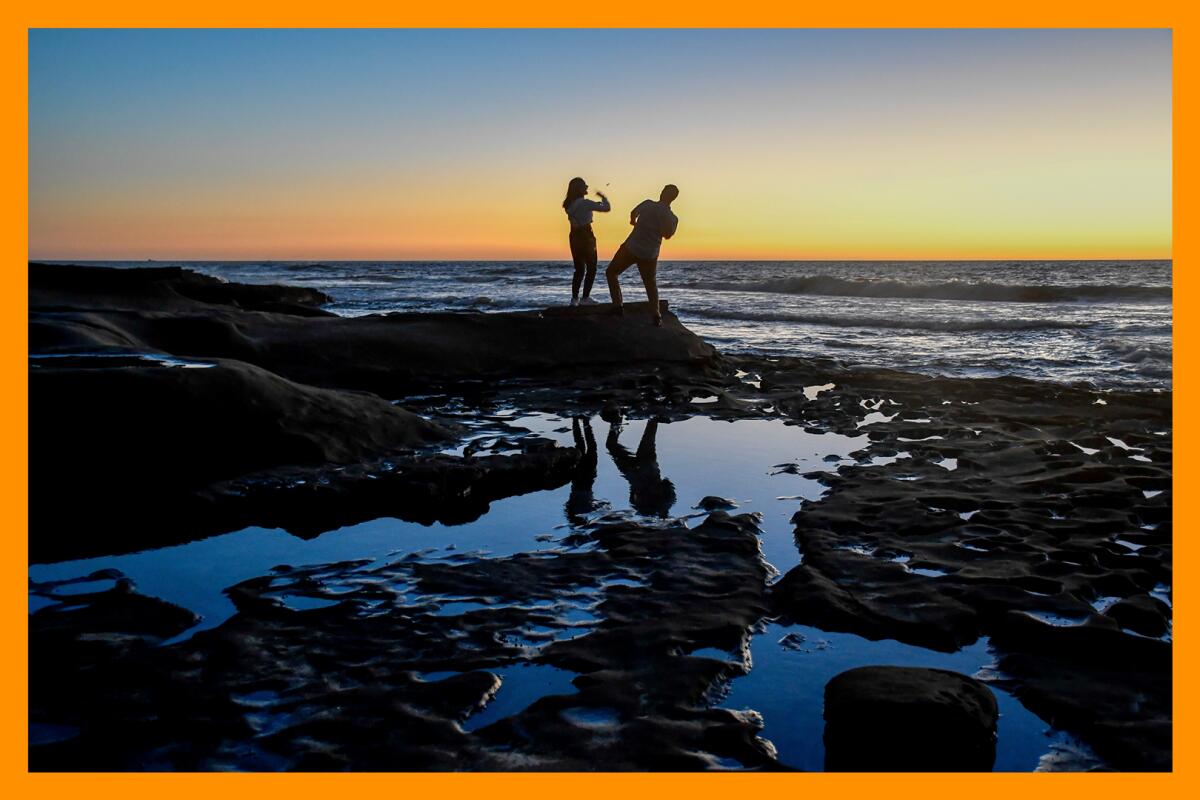
2. Immerse yourself in the vibrancy of tide pools. If you’re fascinated by Southern California’s tide pools and their teeming marine life, including striped shore crabs, sea stars, anemones, mussels, urchins, limpets, periwinkles, chitons and barnacles, consider attending a free tide pool talk at the Robert J. Lagomarsino Channel Islands National Park Visitor Center in Ventura Harbor. The 30-minute talks happen at 11 a.m. and 3 p.m. every Saturday and Sunday, and no reservation or registration is required. Contact the visitor center for more info.

3. Hike Griffith Park at sunset with Queer Ecology. This 4.5-mile, 400-foot elevation sunset hike will offer a view of the Santa Monica Mountains to the west and Griffith Observatory and DTLA to the southeast. Along the way, host Jason “Journeyman” Wise will lead a conversation on queer ecology. But what exactly is that? Wise answers it best: “Most of all it’s a discussion about how human society defines the natural world within its own cultural structures and limits, and how learning from nature can help free us from those unnatural rules.” Reserve a free spot here.
The must-read
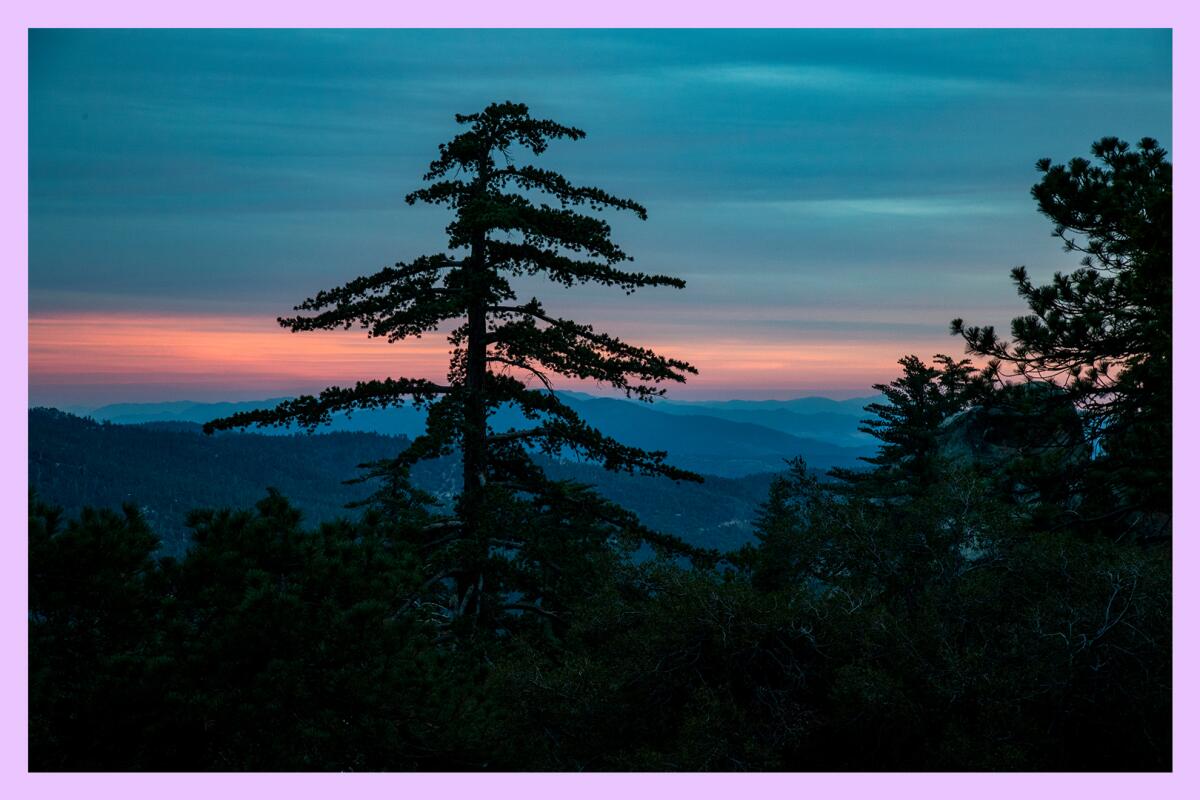
I finished reading this Outside story by thru-hiker Heather Anderson late one night when I couldn’t sleep, and part of me wondered whether I was hallucinating. What kind of person stumbles over endless rocks in the cold, wet dark, sighting her way through the forest with a headlamp at 3 a.m., sleepless for five nights just so she can achieve the “FKT,” or fastest known time on a trail?
Anderson recently made a comeback to thru-hiking, hustling her way through the 250-mile Pennsylvania section of the Appalachian Trail to complete it unsupported in four days, 14 hours. While some of us dream of just finishing the Pacific Crest Trail, the Continental Divide Trail or the Appalachian Trail, Anderson completed all three in 2018 (a feat known as the Triple Crown). When she returned home, she discovered that her sister had advanced lung cancer, to which she lost her. Fighting grief, adrenal fatigue and impostor syndrome that led her to fear that she wasn’t a “real athlete,” she found new mental resiliency in letting go. On the Pennsylvania section of the Appalachian Trail, she struggled with tough conditions but practiced being “curious and grateful rather than demanding and controlling.”
Anderson says she felt complete regardless of her FKT accomplishments — because hiking the trails in record time was about her character not her times: “In the rocks, I finally realized that FKTs are not the path forward. They are a path I enjoy traveling because they allow me to express the happiness, potential and contentment that reside within me. I could finally see that, with them or without them, I was complete — and stronger than I would ever fully understand. They exist as small windows through which I can glimpse my own ability — opportunities for me to hone the mental resiliency needed to navigate this lifetime.”
This was an encouraging, savvy read that made me feel not only motivated to hike but also propelled to find peace in other parts of life. Congrats, Heather, on what you found “in the rocks.”
Happy adventuring,

P.S.

Even thru-hikers need days that are zeros. In other words, days where they log zero miles and choose to rest. Lately, I’ve struggled with an elbow injury that’s prevented me from climbing as much as I’d like (my orthopedist prefers that it be not at all). I’m trying to take the advice I gave myself quite a few newsletters ago to slow down, and to maybe focus on hiking instead of climbing, but it’s been (really) hard. I’m itching to get on the wall and to get outside.
Then, while I was slurping up a succulent boba from pop-up Cassava & Tea at Wondery x Touchstone Climbing x Queer Crush’s “Climb With Pride” event (I was there for the shopping, snacks and scrunchies, not to boulder), a pal asked if I’d join their group for a marathon, or even a half-marathon or a 5k along the ocean next year. I’ve never been a distance runner, but it made me think about how I could refocus my energy in the next few months if my elbow injury persists. A 5k is fun and wouldn’t stress my elbow, and I felt like I was swimming in waves of palpable joy when I ran the Alhambra Pumpkin Run with costumed dinosaurs and men in tutus last October (the energy I experienced was similar to what I felt at Bay to Breakers in San Francisco). I’ve also been thinking about mountain biking some simple beginner trails. All of this when the weather cools down, of course (train with me in October?).
The deep anxiety of not being able to do the thing you love most can challenge your notion of self and make your inner voice quaver, or it can help you find some strange and wonderful resilience. I’m hoping it’s the latter for me, and for you too, whatever personal challenges you’re facing.
For more insider tips on Southern California’s beaches, trails and parks, check out past editions of The Wild. And to view this newsletter in your browser, click here.
Sign up for The Wild
We’ll help you find the best places to hike, bike and run, as well as the perfect silent spots for meditation and yoga.
You may occasionally receive promotional content from the Los Angeles Times.




